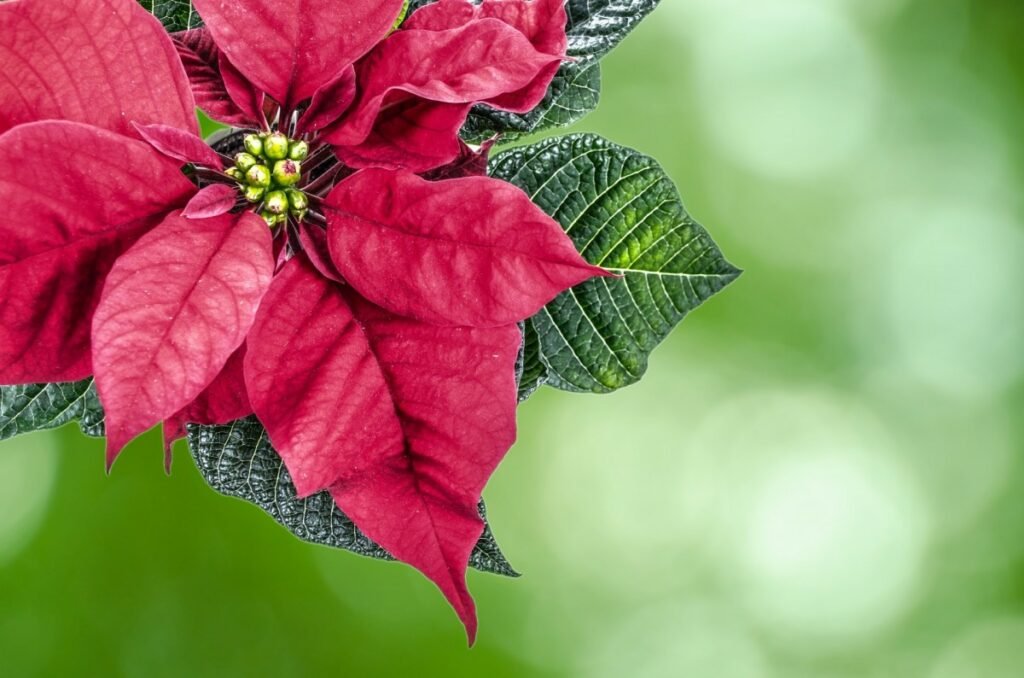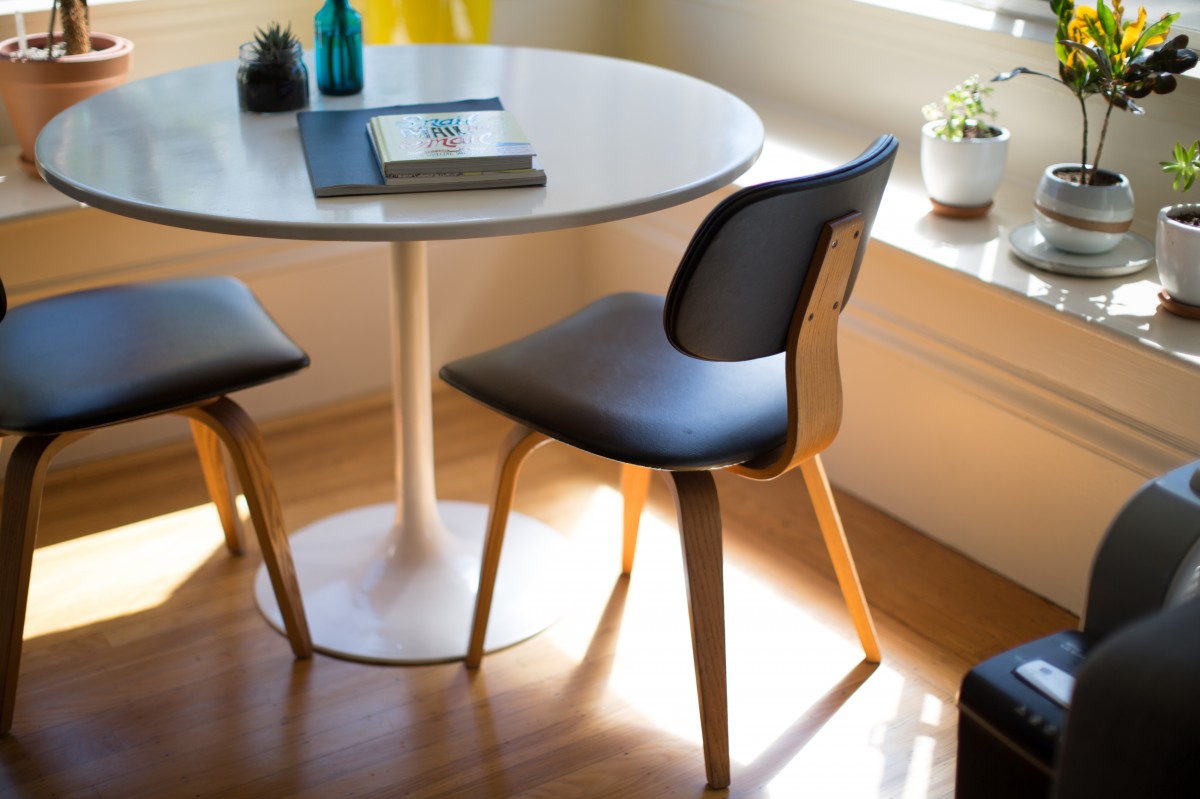The houseplants have the task of bringing a bit of nature into the rooms. Most of the plants will refresh and enlighten the room. They seem to have only advantages, but even with houseplants, it’s not good to exaggerate. A large number of houseplants has the opposite effect, the room begins to look cramped and overpriced.
It is true that plants “purify” the air, absorb carbon dioxide and produce oxygen. However, some popular rooms are poisonous, so think twice before buying one, especially if you have small children or pets.
Poinsettia
The poinsettia inseparably belongs to the Christmas table. It is one of the traditional symbols of Christmas that many people cling to. Although it blooms at Christmas, it stays green all year round. The white sticky juice that occurs in the stems causes allergic reactions on the skin, after ingestion it causes severe intestinal problems and the impact on the eye can be temporarily blinding.
Snake
There are several species of snakes. The two-colored snake is most often found in households. It is popular for beautifully colored leaves. However, the snake is completely poisonous. It contains oxalate and toxins, which irritate the skin and mucous membranes, which causes swelling of the tongue and throat and thus complicates breathing.

Difenbachie
Difenbachia are easy to maintain, which is one of the reasons why they are so popular. However, just a touch can have a negative effect on your skin. Calcium oxalate crystals irritate the skin, cause itching and blisters, if it gets into the eyes, it causes corneal inflammation.
Philodendron
Although there are a large number of philodendrons, the most common in Czech households are the neat philodendron, the beautiful philodendron and the bipinnatifolium species. All these types of philodendron contain calcium sorrel, which irritates the mucosa. It is especially dangerous for small children.

